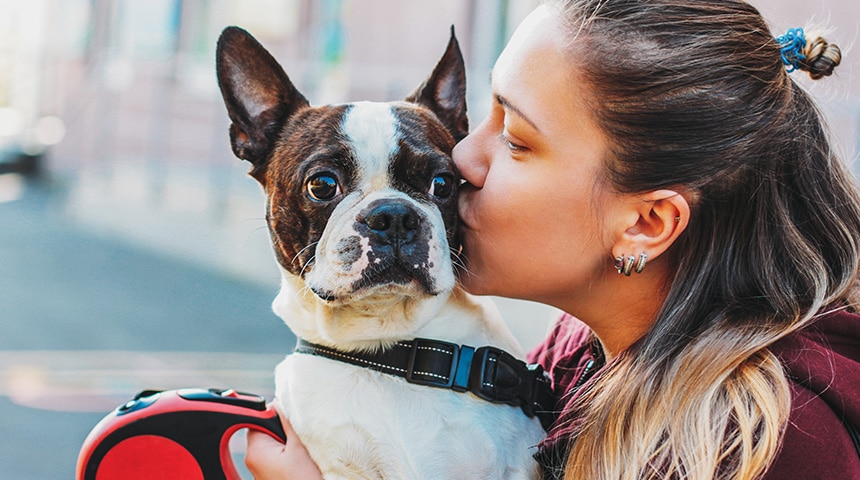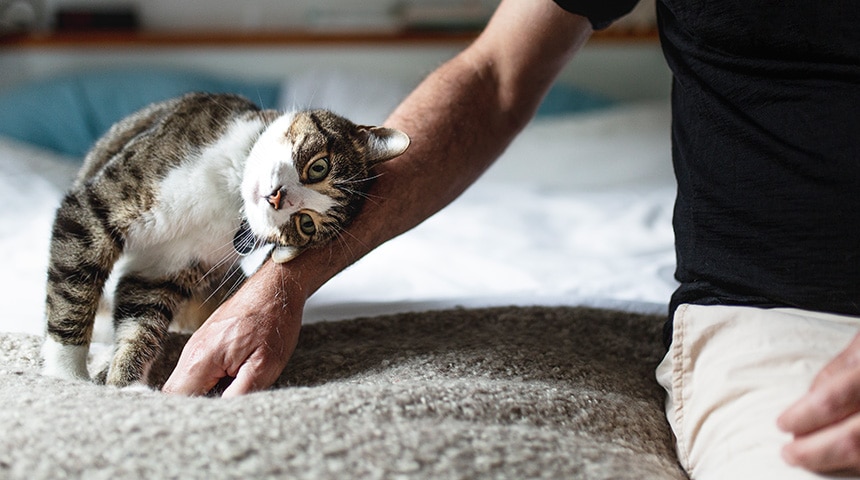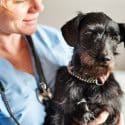Do you remember the last time you looked at your pet’s mouth? Very few pet owners can answer yes without fumbling for words. It is unfortunately — and wrongly — the body part least liked by pet owners and even veterinarians.
A pet’s mouth is one of its most important body parts. Sure, pets use their mouths for eating, but also for play, to relieve boredom by chewing on things, for communication with other animals (including humans) and, obviously, as protection from aggression. An animal’s mouth is lined with a mucosal membrane and blood vessel-rich tissue. It is also a portal for bacteria that would like nothing more than to enter the bloodstream and gain access to the internal organs. For all these reasons, your pet’s mouth should top the list of organs to stay healthy.
As a veterinarian for 20 years, I have heard every imaginable argument and accusation when I have had to convince animal owners that their pets need a dental exam, X-rays and even a surgical extraction under general anesthesia.
What do I hear most often?
“My 1-year-old dog is too young to have tartar.”
Toy or miniature breeds, brachycephalic dogs, those with a short, flat nose like Pugs, Boston Terriers, Shi Tzus, and cats who do not get their teeth brushed every day often need their first dental cleaning at around one year of age. Dental plaque takes 24 hours to accumulate and very quickly settles under the gums if the teeth are not brushed. Think about what would happen if you didn’t brush your teeth for a whole year.
“It’s normal for an animal to have bad breath.”
No. Bad breath results from the fermentation of food particles and from gum infections caused by bacteria in the mouth. These bacteria proliferate quickly in the absence of brushing, and the flora becomes increasingly aggressive over time. The more the tartar accumulates, the worse the dental disease. Despite a thorough cleaning, it then becomes increasingly difficult to restore the oral flora to what it was initially.
“I’m afraid of general anesthesia.”
Dental disease is far worse than the very low risk of an anesthetic complication. The longer you put off the decision, the more dental extractions will be necessary and the longer the duration of anesthesia. Be wary of places that offer the lowest price because quality anesthesia does cost money. For pets with a health issue, there are specialized facilities where veterinarian-anesthetists can tend to your pet while the veterinarian sees to its dentistry needs. Everyone has a role.
“It’s too expensive. There’s no need for dental X-rays.”
It is true that a proper dental cleaning, along with high quality anesthesia including dental X-rays, is expensive. The bill can often be around $1500 and higher depending on what treatments are necessary. Dental X-rays are not optional. You have to be able to see beneath the gums because a tooth is like an iceberg with only a tiny portion of it visible. The root, bone and ligament surrounding the tooth must be evaluated. It would be a shame to send an animal home with pearly whites only to have a painful dental abscess forming.
Dogs and cats learn to live with mouth pain and won’t complain. It is your duty to protect them from the suffering caused by a gum infection and periodontal disease. Get into the habit of brushing their teeth every day. Pay attention to your veterinarian’s advice about cleaning, and insist on a thorough evaluation of your pet’s mouth at their annual check-up.
You will be rewarded with lots of wet kisses — fresh-breath kisses to boot!
Dr Sébastien Kfoury m.v.
Centre Vétérinaire Rive-Sud






